from 2 reviews
2 - 3 days
Daily Tour
100 people
English
Embark on a Ghanaian Cultural and Heritage Tour that will take you deep into the heart of Ghana’s fascinating history, vibrant traditions, and stunning landscapes. This immersive 6-day tour is perfect for anyone looking to explore the essence of Ghanaian culture and heritage, from ancient ceremonies to historic landmarks. You will visit key sites in Accra, Kumasi, Cape Coast, and other cultural landmarks, each telling the story of Ghana’s past and the enduring practices of its people.
Upon arrival in Accra, Ghana’s bustling capital, your Ghanaian Cultural and Heritage Tour kicks off. After settling in, take the opportunity to experience Accra’s vibrant nightlife. This lively city offers a variety of cultural experiences from local bars to restaurants and live music venues, giving you a taste of the country’s welcoming atmosphere and modern culture. Accra will introduce you to the exciting, energetic spirit of Ghana.
On the second day of your Ghanaian Cultural and Heritage Tour, you’ll begin with a Naming Ceremony, one of Ghana’s most important traditional rituals. Next, visit Bonwire Kente Weaving Village, where you’ll discover the intricate weaving of Kente cloth, a symbol of Ghanaian culture. In the afternoon, explore a Craft and Adinkra Symbols Village to understand the meaning behind Adinkra symbols, which are used in art, fabric, and ceramics. Your day concludes with a visit to the Manshyia Palace and Museum, where you’ll learn about the history of the Ashanti Kingdom and its influential rulers.
Day three of the Ghanaian Cultural and Heritage Tour is filled with historic landmarks. Begin with a visit to the Okomfo Anokye Sword, an important cultural site where the legendary sword of the Ashanti Kingdom was placed by the great priest Okomfo Anokye. Afterward, head to the Prempeh II Museum for a deep dive into Ashanti royal history. You’ll then visit Assin-Manso Slave River and Market, a poignant site that links Ghana to the transatlantic slave trade. Finally, your evening is spent in the lively Cape Coast Nightlife, where you can experience the city’s vibrant entertainment scene.
Day four offers a balance of nature and culture. Start by visiting Kakum National Park, where you’ll walk the famous canopy walkway and enjoy panoramic views of the rainforest. Then, head to Elmina Castle, a UNESCO World Heritage site, to learn about Ghana’s role in the transatlantic slave trade. Continue to Cape Coast Castle, another UNESCO World Heritage site, and reflect at the Door of No Return, which marked the final step in the journey of enslaved Africans. These visits offer powerful insights into Ghana’s colonial past and provide a deeper understanding of the country’s current identity.
On day five, you’ll explore some of Ghana’s most beautiful natural attractions. Begin with a visit to spectacular waterfalls followed by a serene walk through lush Botanical Gardens. These natural sites offer a peaceful contrast to the earlier historical sites, giving you time to connect with the natural beauty of Ghana.
On the final day of your Ghanaian Cultural and Heritage Tour, visit the W.E.B. Du Bois Museum, which honors the African-American scholar who made Ghana his home. Continue to the Ghana National Museum and the Kwame Nkrumah Museum, dedicated to the life of Ghana’s first president. Lastly, visit Independence Square, a historic location marking the birth of Ghana as an independent nation. Before departing, you’ll have time for shopping and purchasing local souvenirs to take home.
Why Take This Ghanaian Cultural and Heritage Tour?
The Ghanaian Cultural and Heritage Tour offers a comprehensive, immersive experience into the history, culture, and natural beauty of Ghana. From witnessing traditional ceremonies and exploring the bustling city of Accra to visiting historical landmarks like Elmina Castle and Cape Coast Castle, this tour highlights the best of Ghana’s cultural and historical heritage. Whether you’re a history buff, a culture enthusiast, or someone who loves exploring natural landscapes, this tour provides a rich and memorable experience that will leave you with a deep appreciation for Ghana’s heritage.
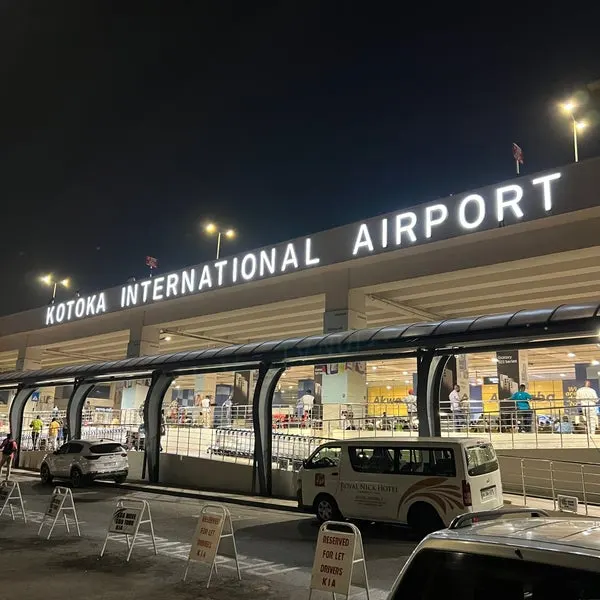
When you walk out of the airport in Accra, you will be greeted with a smile by an Uprise staff member, who will escort you to a comfortable Hotel room

The Ghanaian warmth and culture extend to our buzzing bars and pubs, nightclubs and drinking spots where African rhythm is usually alive.

an Outdooring (Ga: kpodziemo; Akan: abadinto, Ewe language “vihehedego”) is the traditional naming ceremony for infants. Traditionally this ceremony occurs eight days after the child is born where parents bring their newborn "outdoors" and give the child a name.

Bonwire is located 18km on the Kumasi-Mampong Road, Bonwire is popular for Kente weaving. Kente is a colourful Ghanaian traditional fabric which is worn mostly on important occasions and celebrations.
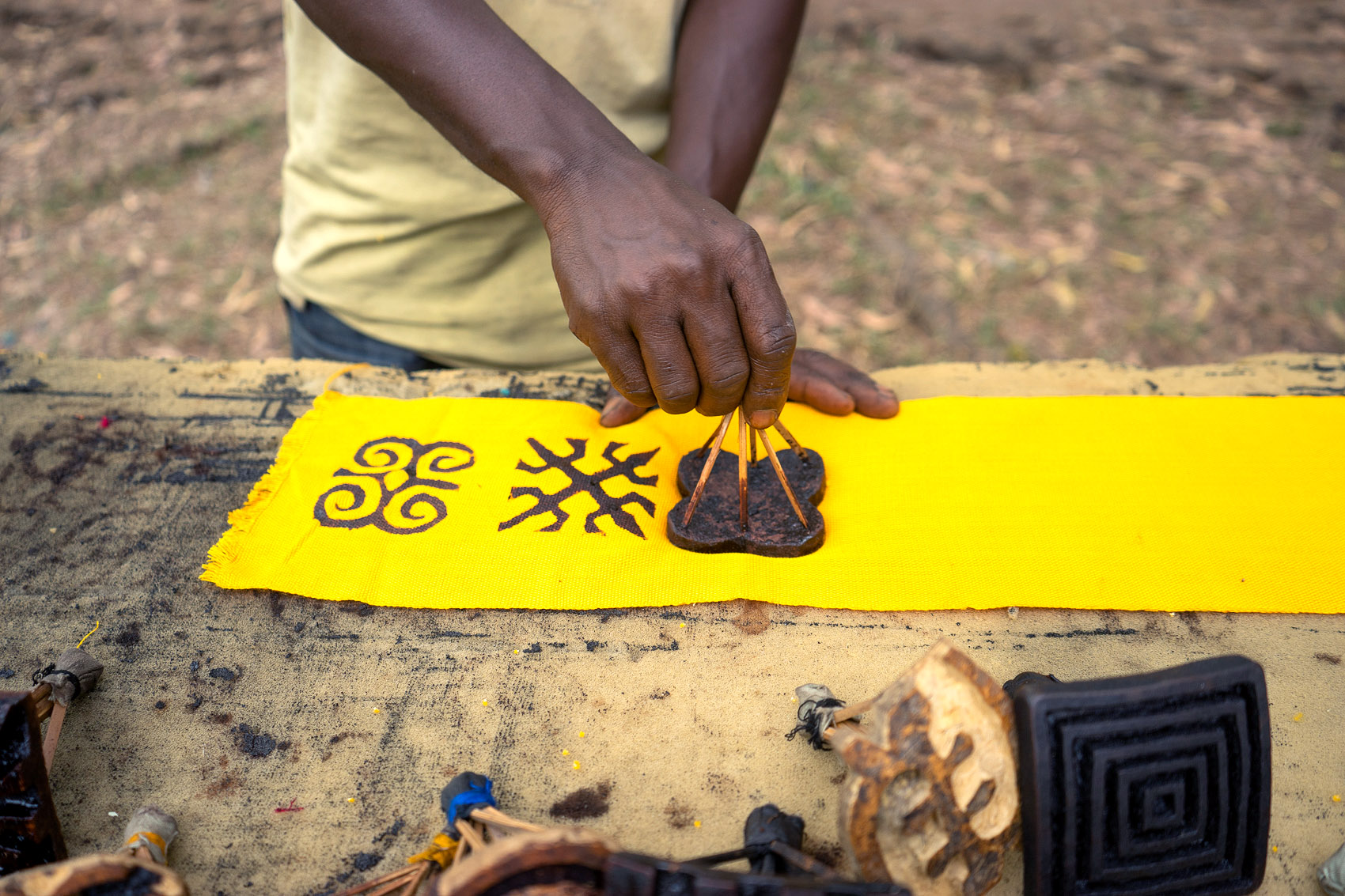
If you’re not from Ghana’s Ashanti Region, you’ve probably never heard of Ntonso Adinkra craft village, a small village in the Kwabre East Municipality just a few kilometers from Kumasi, the regional capital. Adinkra symbols, Ghana’s most symbolic art works that carry messages full of wisdom, are said to be found in the lowly old town.
If you’re unfamiliar with Adinkra, it’s a set of distinctive creative symbols that depict unique stories in Ghanaian culture, particularly in Akan places like Asante and Akyems.
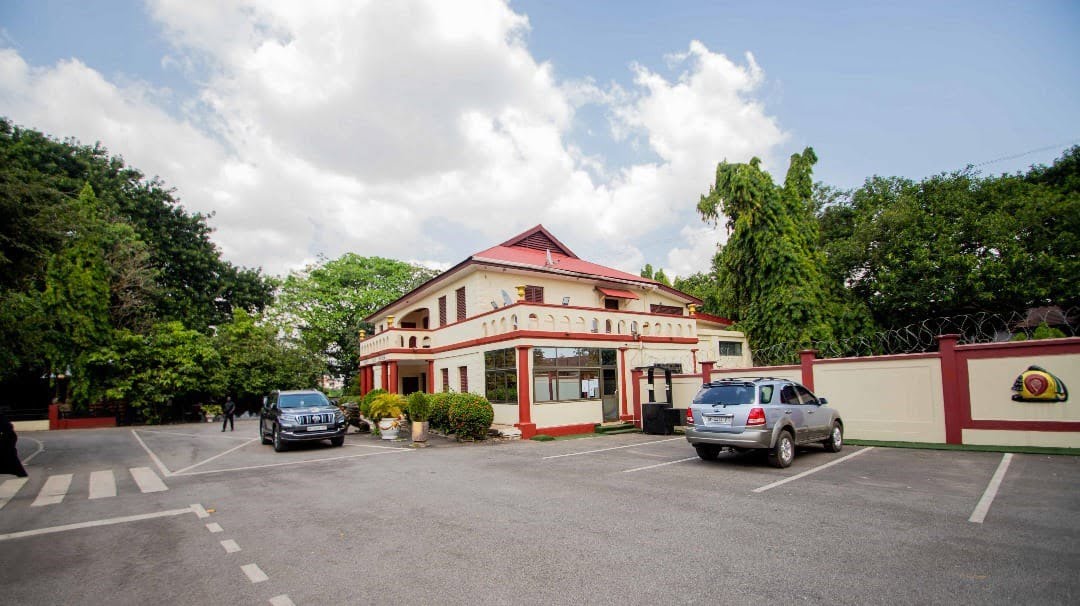
he Museum is a unique creation in West Africa by the Asante Kingdom, to commemorate their leaders, and to communicate the riches of their history and culture to the world. It is a relatively small Museum but stuffed with history larger and older than its size making a visit to the place a worthy one.
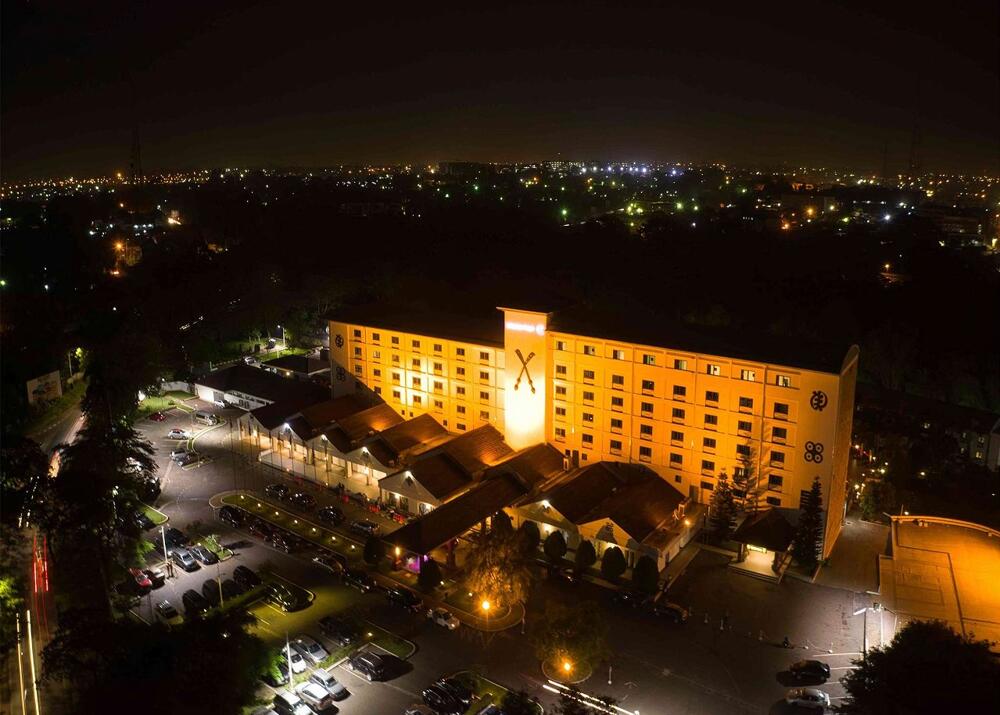
Being the second largest city in Ghana, Kumasi is definitely not short on bars and lounges. At times it seems like everywhere you go there is a bar or lounge, also everyone you speak to has a recommendation for you.
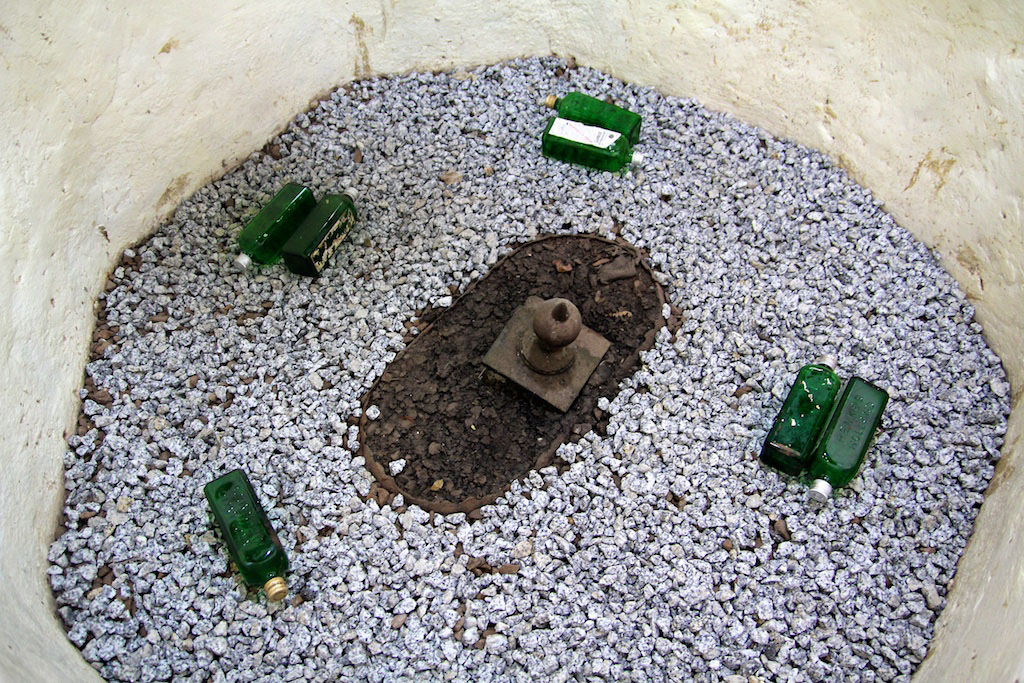
Encased within its own small museum, the Komfo Anokye Sword Site is the spot where the the 'immovable' Sword driven into the ground by Okomfo Anokye sits.
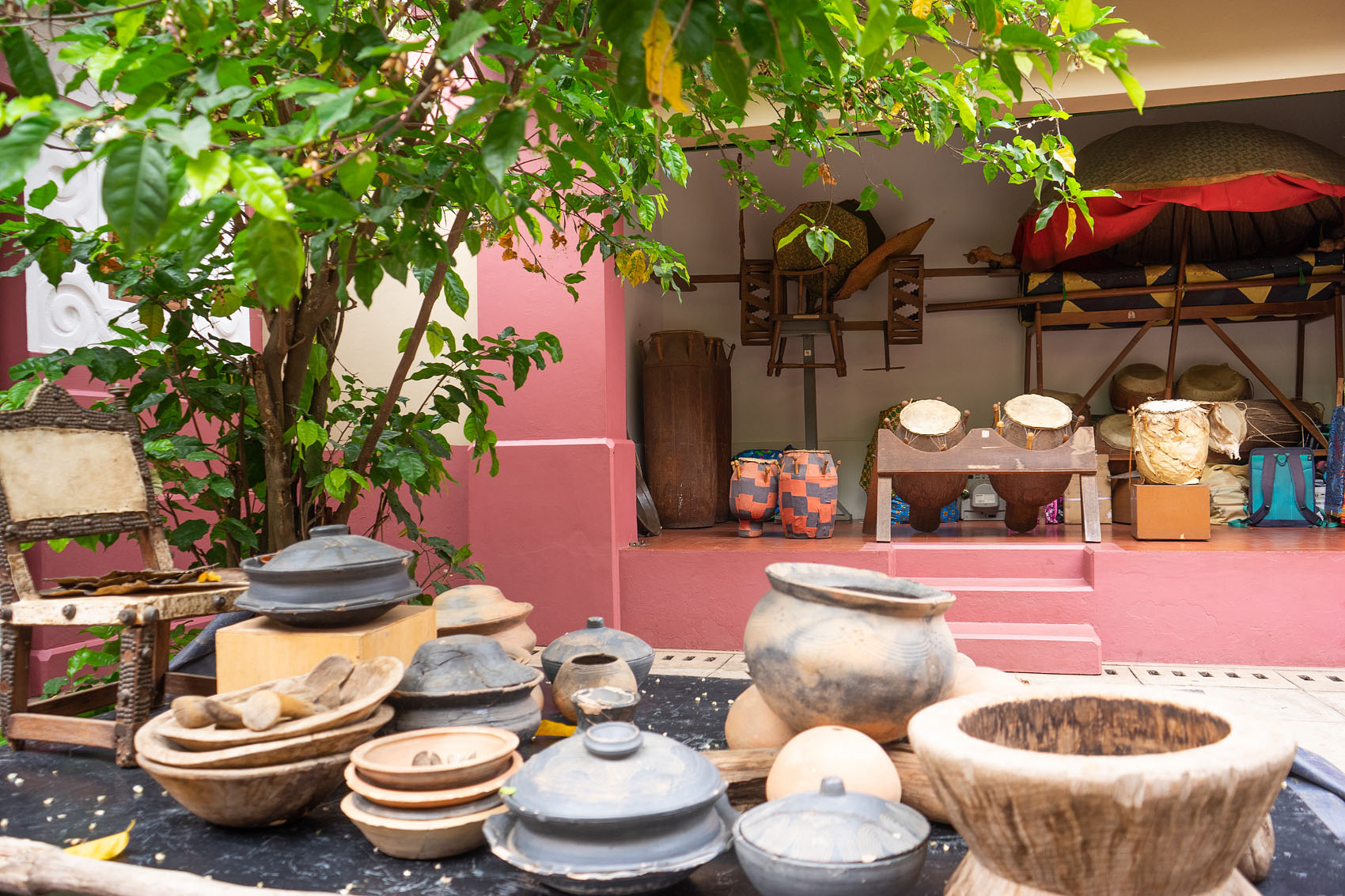
Located in the centre of the National Culture grounds, the museum houses a fascinating collection of Ashanti History such as memorabilia of Okomfo Anokye, including the 300 year old antique treasure bag which he forbade anyone to open.
Also on display in this museum of Ashanti Royalty, are artifacts relating to the Ashanti King Prempeh II, including the king’s war attire, ceremonial clothing, jewelery, protective amulets, etc.
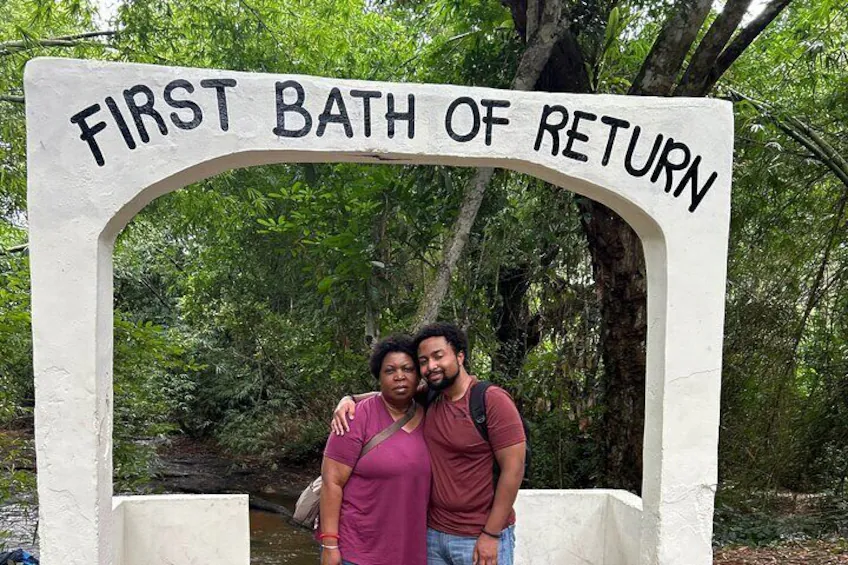
The Assin Manso Ancestral Slave River [also called Nnonkonsuo or Donkor Nsuo (singular)] was one of the slave markets for gathering indigenes during the trans-Atlantic slave trade.It is located in the Central Region of Ghana, forty (40) kilometers along the Cape Coast-Kumasi highway.
It served as the final link in the slavery route from Northern Ghana.
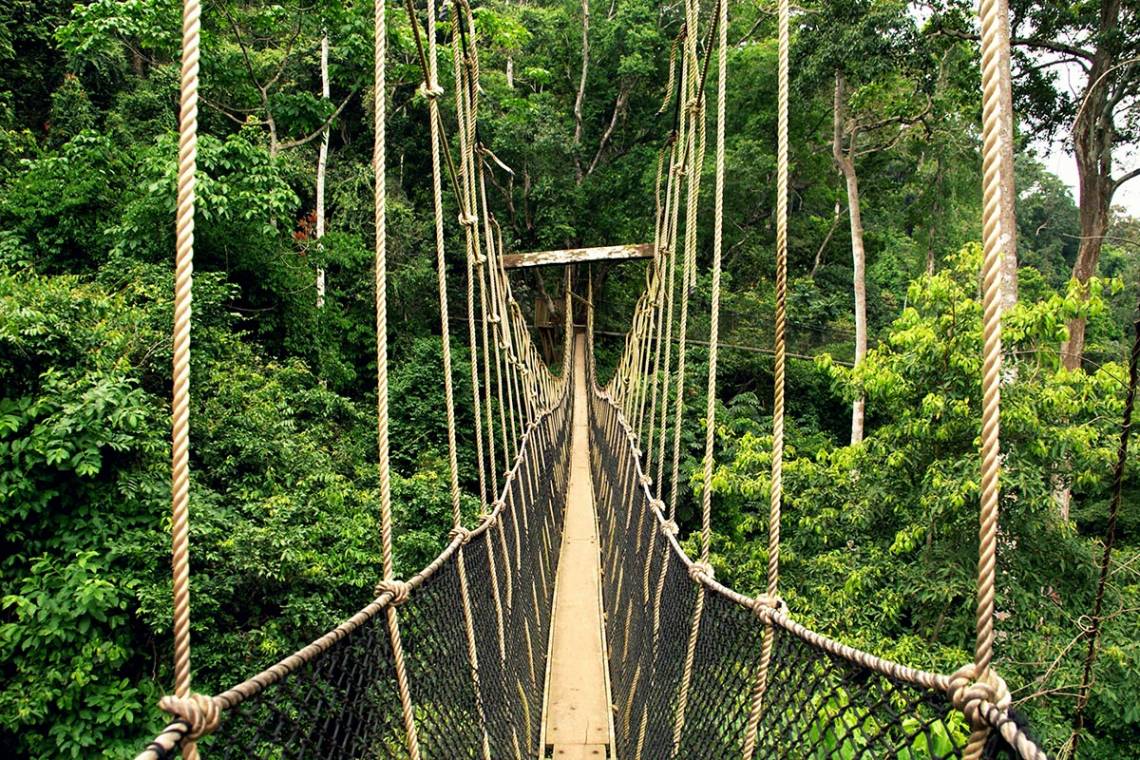
Ghana’s most visited attraction site, tucked away with the Kakum Rainforest is the amazing canopy walkway suspended 40m above ground level, which offers a fascinating and beautiful perspective of the forest and Wildlife.
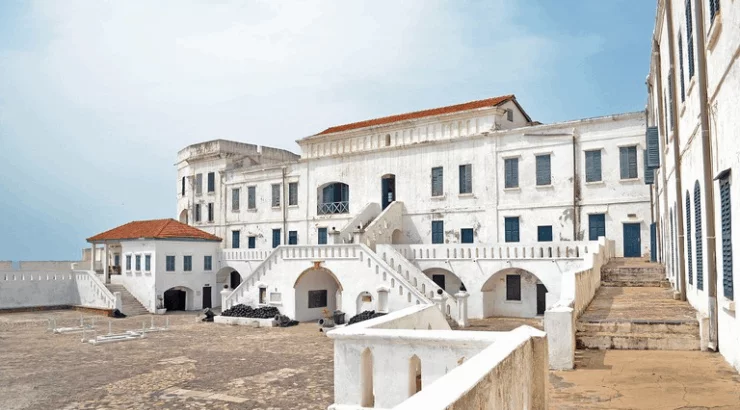
The Cape Coast Castle is one of the biggest castles still standing in Ghana today which was constructed by European forces, On a portion of the Gold Coast that subsequently came to be known as the Cape Coast, it all started as a Portuguese trade lodge built in 1555. The Swedish Africa Company built a permanent wooden stronghold in 1653 to facilitate the trading of gold and lumber after Sweden conquered the Cape Coast. The regional office of the Ghana Museums and Monuments Board is located there, and it is currently a historical museum with a gift shop selling Ghanaian arts and crafts.
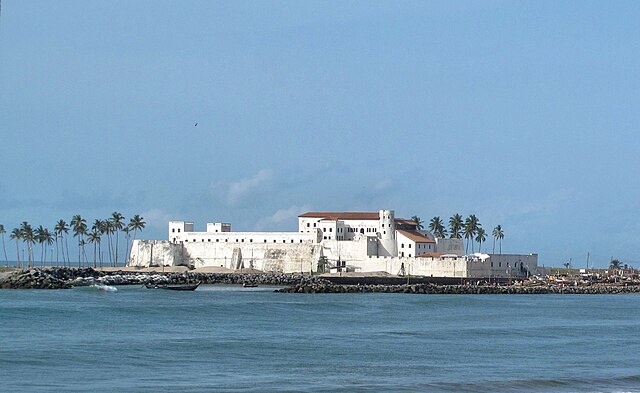
So Jorge da Mina (St. George of the Mine) was the name given to Elmina Castle by the Portuguese in 1482 when they erected it in Elmina, Ghana (formerly the Gold Coast). Elmina and Elmina Castle is the oldest European structure still standing below the Sahara because it was the first trading post ever constructed on the Gulf of Guinea. It was initially founded as a trading colony but eventually developed into one of the most significant sites along the path of the Atlantic slave trade. A significant portion of Werner Herzog's 1987 drama film "Cobra Verde" was filmed at Elmina Castle, which is now a well-known historical landmark. It serves as a stark reminder of the history of the slave trade and is a very sought-after destination for African American travelers hoping to connect with their heritage.

Embark on an outdoor trip to get closer to nature. This journey takes you deep into the breathtaking flora and wildlife that Ghana is becoming more and more well-known for, with a particular emphasis on the Boti Waterfalls. Enjoy the hike through hills and rock with breathtaking view of ancient caves and carving which depicts the lifestyle of the people living in the local communities. Also, this tour take you through the lovely Aburi Botanical Gardens which forms part of the few botanical gardens around the world.
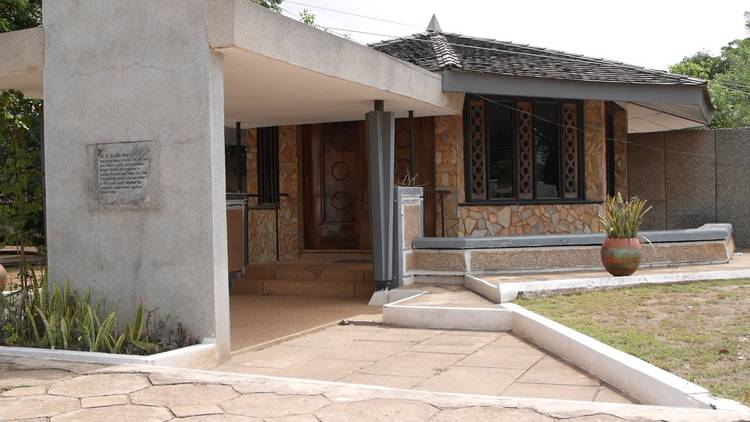
The Du Bois Centre is a library to commemorate the late W.E.B DuBois. The centre consists of the museum which contains memorabilia and his personal library, the Open Air Theatre where intellectual seminars, lectures and workshops are held along with cultural events. In addition is the ‘Marcus Garvey’ guest house.
The Centre was established in 1985 by the Ghana government to encourage visitors to contemplate the ideals to Pan Africanism and to reflect upon the work of Dr. Du Bois. The W .E. B. DuBois Centre for Pan African Culture was dedicated on 22nd June 1985 in Accra, Ghana.
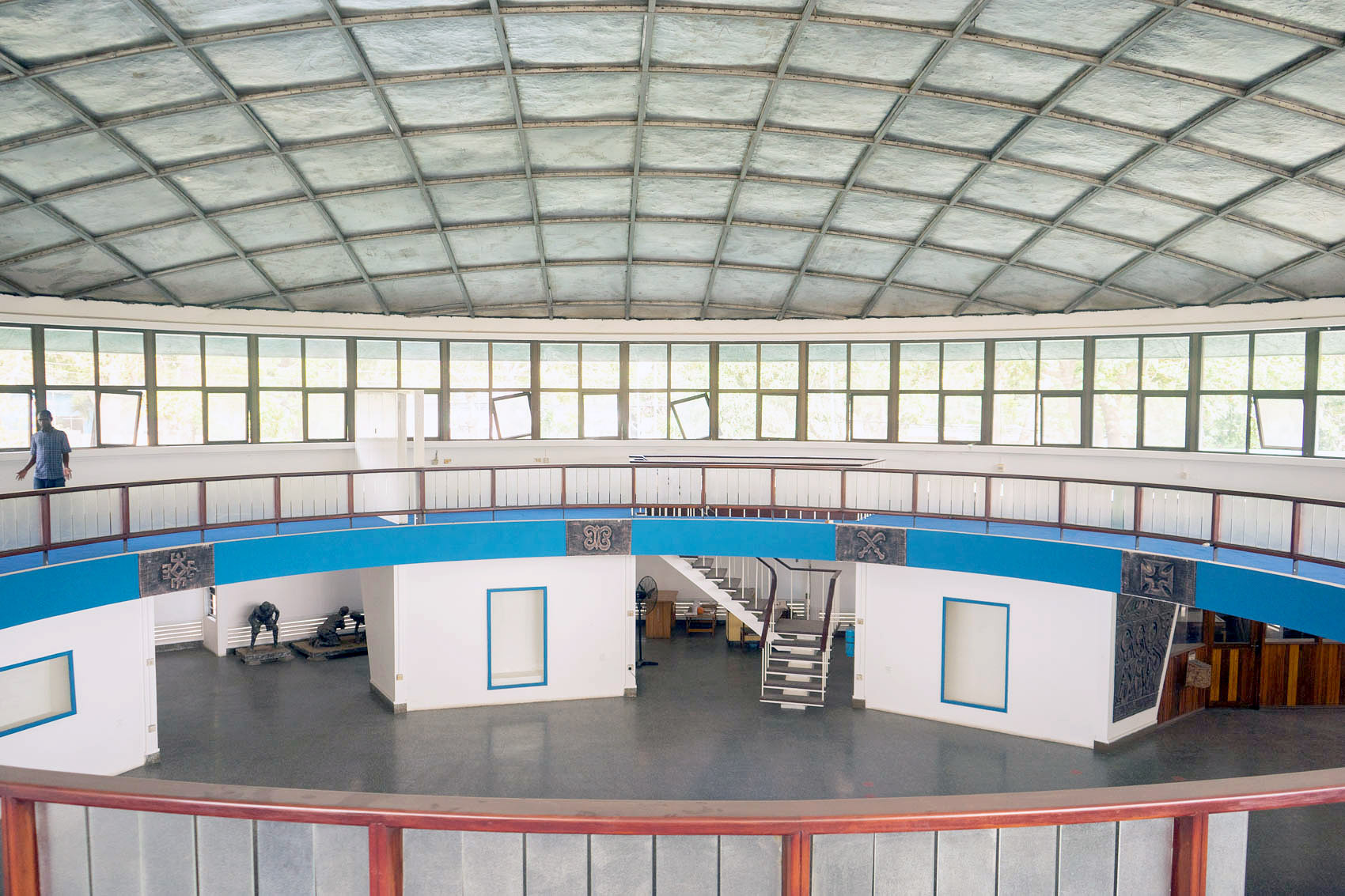
The national museum will give you insight on the rich culture, history and heritage of Ghana. Our well experienced tour guides will teach and explain to you each item in the museum and its relation to Ghana's culture and history

The Kwame Nkrumah Mausoleum and Memorial Park is located in downtown Accra, the capital of Ghana. Over the years, the park has attracted visitors from around the world, with an annual count of approximately 98,000 individuals who visit to pay homage to Ghana's first President, and learn about his life and legacy. As one of the top 10 most visited sites in the country, the park holds immense cultural and historical significance.
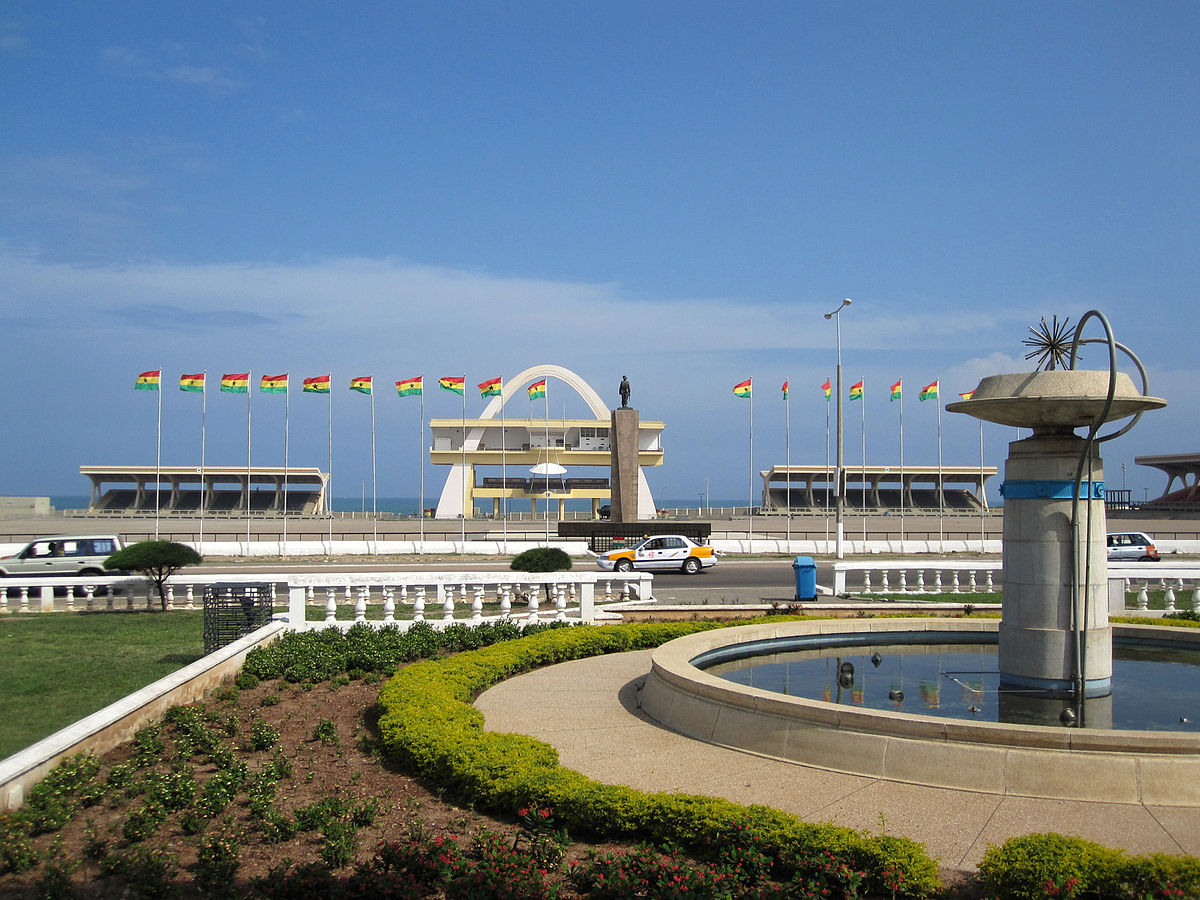
Ghana's Independence Square contains monuments to Ghana's independence struggle, this includes the Independence Arch, Black Star Gate, and the Liberation Day Monument. Our experienced guides will give you a deep understanding of Ghana's fight and struggle for independence.
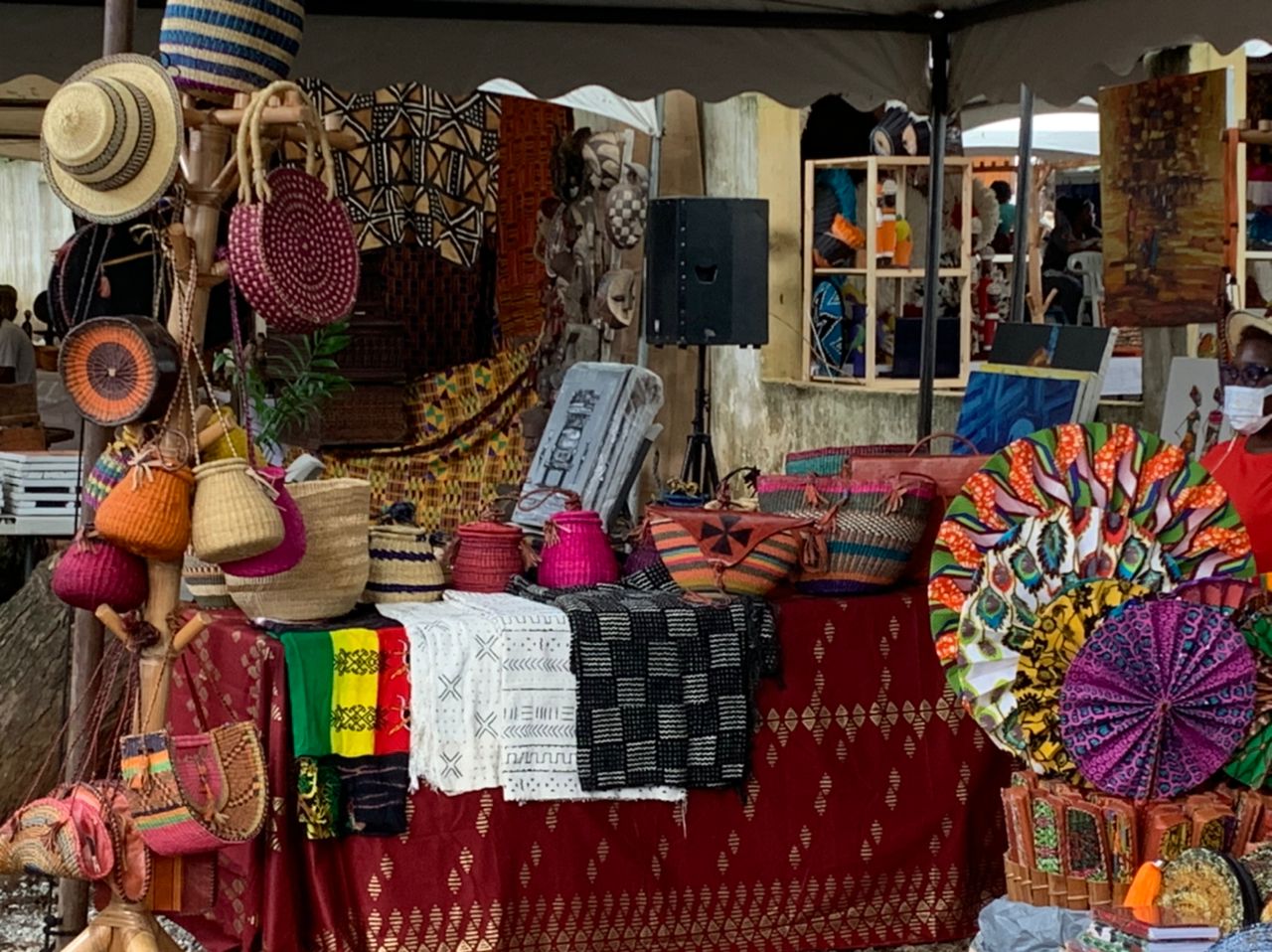
Experience the culture of Ghana as we take you through the National cultural center. Our experienced Guide would be with you and provide the best set of information about the Ghanaian culture. You would see various paintings and crafts as you tour this site. Our experienced guides would also teach you how to bargain as you enjoy the shopping experience

Enjoy a convenient drop-off at Kotoka International Airport at the end of your tour experience, ensuring a smooth and hassle-free departure.
We make it easy for our customers to travel by providing everything they need for a vacation in one spot because we are their travel facilitator
t80mqr